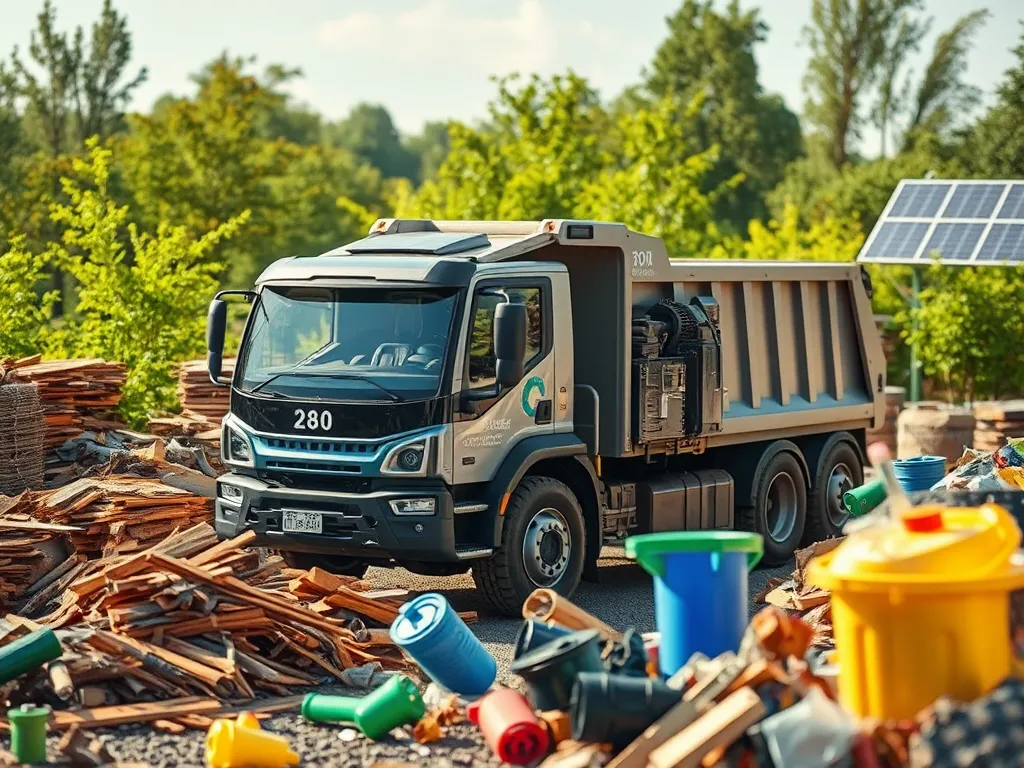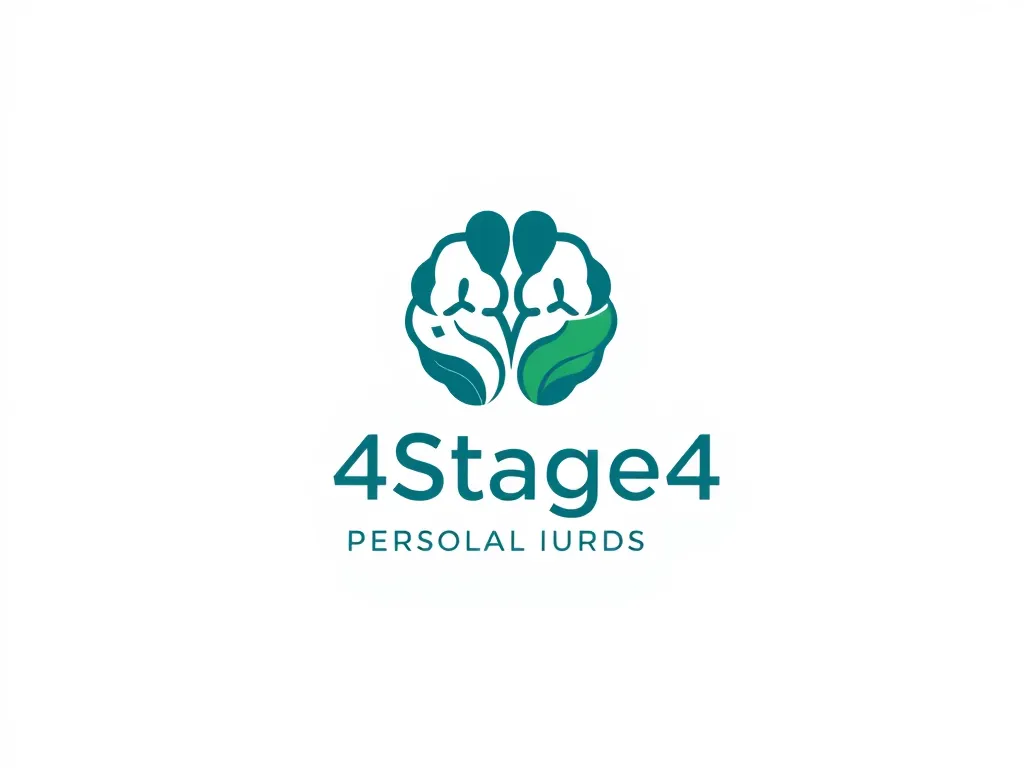Exploring the Emerging Trends in the Junk Removal Industry

Understanding the Trends in the Junk Removal Industry
The junk removal industry is undergoing significant transformation as it adapts to modern consumer demands and environmental considerations. Trends in junk removal industry are driven by an increasing awareness of sustainable practices, technological advancements, and the evolving market landscape. Operators arefinding innovative ways to meet customer expectations while also complying with regulations and improving their operational efficiency.
One of the major trends in junk removal industry is the emphasis on eco-friendly services. As more people become environmentally conscious, the industry is shifting towards practices that prioritize recycling and proper disposal of waste. Companies are investing in sustainable methods with great importance given to reusing materials and minimizing landfill contributions.
The impact of urban waste management practices is highlighted in the comprehensive reports from the World Bank Group, revealing critical trends.
Moreover, technological innovations are reshaping the way junk removal services are delivered. With the rise of mobile apps, customers can schedule their junk removal in a matter of clicks, track their services, and even make payments online. The adoption of AI and automation technologies is simplifying operational efficiencies for junk removal companies.
The junk removal sector is also experiencing remarkable growth and opportunities in various markets. Urbanization is leading to increased demand for junk removal services in metropolitan areas. Simultaneously, rural markets are also becoming significant, albeit with different challenges and opportunities. Understanding these patterns is crucial for businesses looking to expand their reach.
In addition, health and safety regulations are increasingly emphasized within the junk removal industry. Companies are focusing on creating a safe working environment for their employees. This shift is accompanied by comprehensive training programs and adherence to best practices for waste handling, contributing to overall efficiency in junk removal operations.
Eco-Friendly Junk Removal
The rise of sustainable practices in junk removal is evident as companies strive to implement eco-friendly solutions. Many businesses are adopting practices that reduce environmental impact, such as strict recycling protocols and partnerships with organizations that aim to repurpose discarded items.
Benefits of recycling and reusing materials are significant. Beyond enhancing corporate responsibility, these practices cut costs and often lead to increased customer loyalty. When clients see a business committed to sustainability, they are more likely to recommend the services to others, contributing to a positive brand reputation.
Junk removal companies are also finding ways to reduce their carbon footprints by optimizing their operations. Implementing energy-efficient vehicles, reducing travel distances, and minimizing packaging waste are just a few ways companies are lessening their impact on the environment.
Innovative green technologies are emerging in the junk removal industry as well. Companies are adopting advanced sorting technologies and waste management software that enhance their capabilities to recycle and divert waste from landfills. These innovations ensure that more materials are reused or recycled, further improving sustainability efforts in the industry.
Technological Innovations in Junk Removal
The use of mobile apps for scheduling and tracking services is reshaping customer experience in the junk removal market. Clients can easily view available time slots, get quick quotes, and receive real-time updates on the status of their junk removal, fostering a more engaging service.
Adoption of AI and automation in junk removal is becoming more prevalent, allowing companies to streamline their operations. AI tools can analyze customer requests, optimize scheduling, and enhance decision-making, all contributing to an efficient service delivery model.
The impact of GPS and route optimization on efficiency is also a crucial trend. By optimizing their routes, junk removal companies can reduce fuel costs and improve service time, which translates into greater customer satisfaction and lower operational costs.
Emerging tools and equipment for junk removal operations include specialized lifting gear, compact vehicles designed for urban environments, and advanced sorting systems that help workers easily categorize and process various waste types. These tools enhance productivity and ensure safer working conditions for employees.
Market Growth and Opportunities
Analyzing the expanding market for junk removal services reveals key insights. As urban areas continue to grow, the demand for efficient junk removal increases in stride. Motivations include renovations, relocations, and general cleanouts, providing a steady demand for service operators.
Challenges and opportunities in urban versus rural areas highlight differing market dynamics. Urban centers typically face high competition and consumer expectations for fast service, whereas rural areas may offer growing demand but require different marketing strategies to reach potential clients.
Franchise models in the junk removal industry are rising, with many entrepreneurs seeking to capitalize on brand recognition and established operational systems. This model not only encourages growth but also standardizes service experiences, benefitting customers and franchisees alike.
Consumer trends impacting junk removal demand suggest a need for flexibility and adaptability in service offerings. Customers are increasingly leaning towards customized services, which directly cater to their unique needs, compelling companies to innovate and diversify their service catalogues.
Health and Safety Regulations
Understanding safety regulations for junk removal workers is imperative, particularly as the industry navigates evolving legislative requirements. Companies must stay compliant with health guidelines and ensure that their employees are well-protected on the job.
The impact of health concerns on the junk removal process is profound. COVID-19 highlighted the importance of health safety measures, prompting companies to adopt stricter sanitation practices. Ensuring a safe work environment not only protects workers but builds trust with clients.
Best practices for safe waste handling should be a priority for junk removal companies. Training staff on identifying hazardous materials, correct lifting techniques, and adhering to safety protocols can significantly reduce accident rates and enhance operational efficiency.
Training programs for junk removal professionals are growing as more companies commit to ongoing education. These programs not only cover safety procedures but also focus on efficient waste management practices, ensuring that workers are well-equipped to handle the complexities of the job.
Customer Experience and Satisfaction
Strategies for enhancing customer service in junk removal are paramount in maintaining a competitive edge. This includes clear communication, consistent follow-ups, and a customer-centric approach to service delivery that prioritizes client needs and preferences.
The role of online reviews in shaping customer perceptions cannot be overlooked. Positive testimonials can significantly influence potential clients, making it essential for companies to monitor their online reputation actively and encourage satisfied customers to share their experiences.
Innovative marketing tactics to attract clients focus on engaging potential customers through various platforms and mediums. Utilizing social media, targeted advertising, and community involvement can increase visibility and enhance brand perception in the local market.
Feedback mechanisms for improving service quality are crucial for customer satisfaction. Establishing channels for clients to provide their input helps companies tailor their offerings, leading to service enhancements and improved customer relations.
